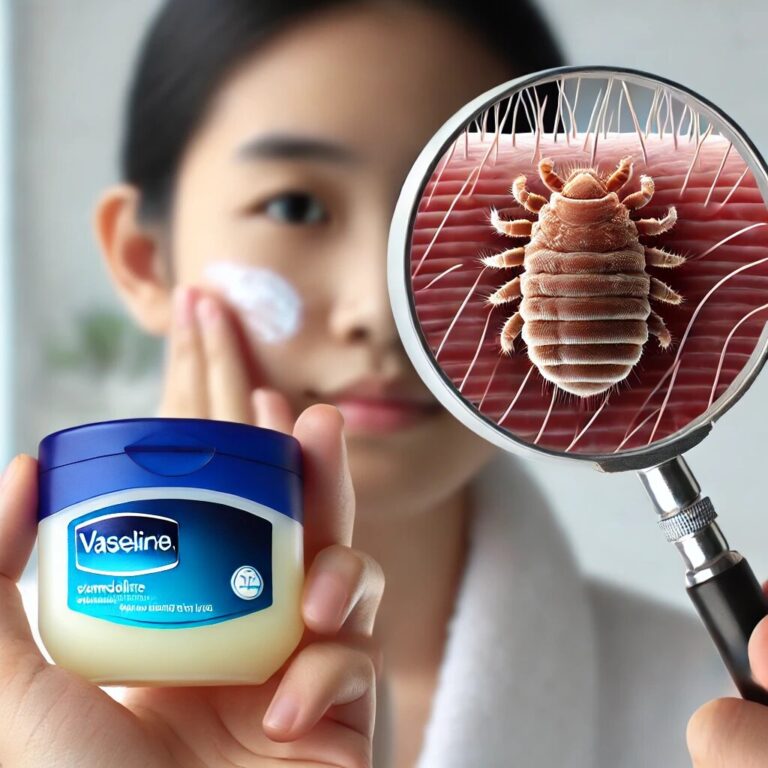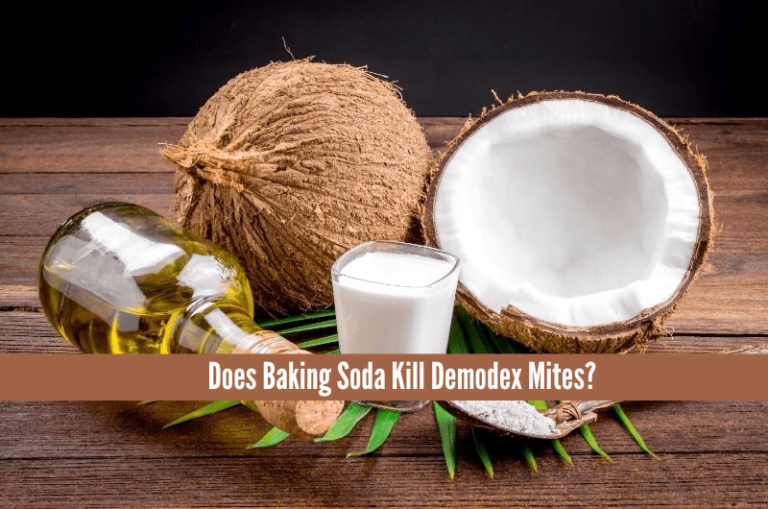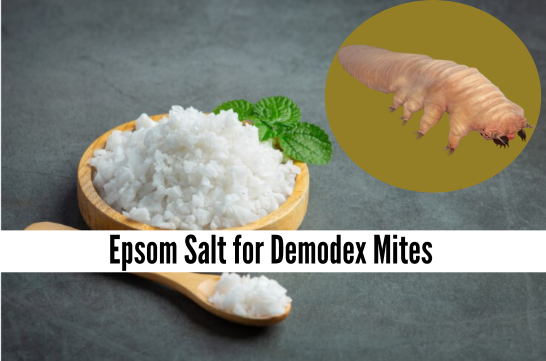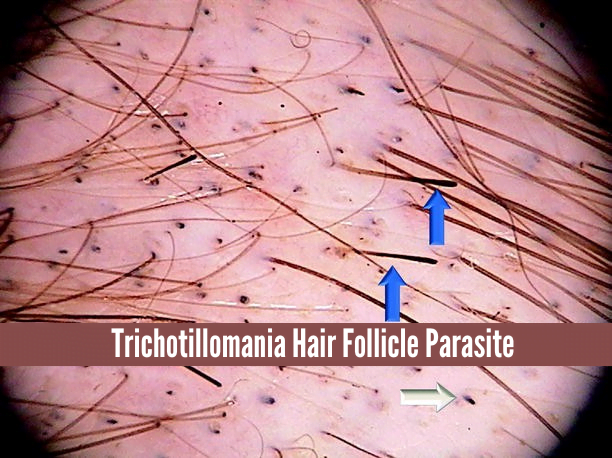Hydrogen Peroxide Kills Demodex Mites: Unraveling the Truth
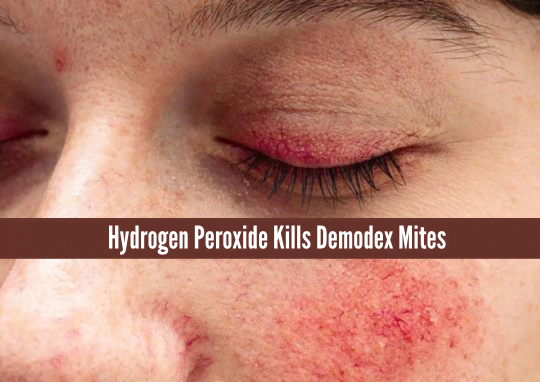
Demodex mites are tiny parasites that live in humans and animals hair follicles and sebaceous glands. Although they are a natural part of the skin microbiome, an overgrowth can lead to various skin issues. If you are looking for a solution, hydrogen peroxide has gained popularity as an effective Treatment for Demodex mites. You can find premium hydrogen peroxide solutions that are specifically formulated for skin care, offering a simple and affordable way to address your skin concerns.
Addressing Demodex infestations is crucial for maintaining healthy skin.
One effective treatment that has gained popularity is hydrogen peroxide. This article explores the role of hydrogen peroxide in killing Demodex mites, offering a comprehensive guide on its use, effectiveness, and benefits.
Understanding Demodex Mites
Before diving into how hydrogen peroxide can help, it’s essential to understand what Demodex mites are and why they can be problematic.
Two types of Demodex mites commonly affect humans:
- Demodex folliculorum: These mites primarily reside in hair follicles.
- Demodex brevis: These mites prefer sebaceous, or oil, glands.
Both types feed on dead skin cells and oils, and while they are generally harmless in small numbers, an overgrowth can lead to various skin issues.
Symptoms of a Demodex mite infestation include itching, redness, and inflammation, often mistaken for other skin conditions like eczema or psoriasis.
Also Read: Does Apple Cider Vinegar Kill Demodex Mites on Humans
What is Hydrogen Peroxide?
Hydrogen peroxide (H2O2) is a chemical compound comprising two hydrogen and two oxygen atoms. It is highly reactive due to an extra oxygen atom, making it an effective oxidizer.
In lower concentrations, hydrogen peroxide is a clear and odorless liquid commonly used as an antiseptic for minor wounds and cuts. It can also be found in many household cleaning products.
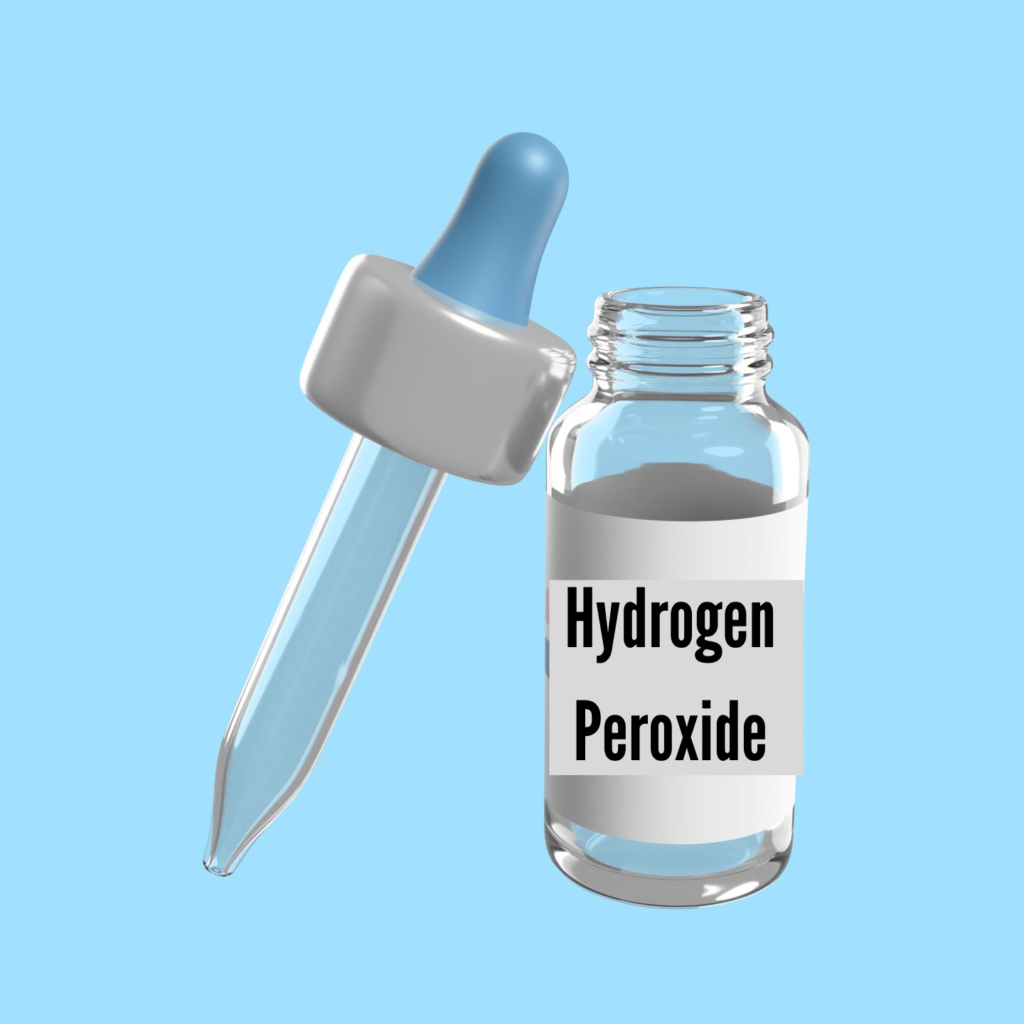
How Does Hydrogen Peroxide Kill Demodex Mites?
Demodex mites are tiny parasites that live on our skin and hair follicles. They are usually harmless and live in balance with our bodies, but an overgrowth of these mites can lead to skin conditions such as rosacea and demodicosis.
Hydrogen peroxide works against Demodex mites by oxidizing their cell membranes. This causes damage to their cells, leading to their death.
It also helps to dissolve the waxy coating on their bodies, making them more vulnerable to the oxidizing effects of hydrogen peroxide.
Symptoms and Signs of Demodex Infestation
Common Symptoms
Common symptoms of a Demodex infestation include itching, redness, and inflammation of the affected areas. Individuals may also experience a burning sensation and a feeling of tightness in the skin.
Severe Cases and Complications
In severe cases, an overgrowth of Demodex mites can lead to more serious conditions such as rosacea, blepharitis (inflammation of the eyelids), and dermatitis. These conditions can cause significant discomfort and may require medical intervention.
How to Identify an Infestation
Identifying a Demodex infestation typically involves a clinical examination by a healthcare professional. Symptoms such as persistent itching and skin irritation, especially on the face, may prompt further investigation. A skin scraping or biopsy can be performed to confirm the presence of Demodex mites.
Benefits of Hydrogen Peroxide Kills Demodex Mites
Effective Treatment: Research has shown that hydrogen peroxide is effective for Demodex mites. A study published in the Journal of Korean Medical Science found that a 0.25% hydrogen peroxide solution could eliminate Demodex mites on the eyelashes of patients with blepharitis.
Affordable and Easily Accessible: Hydrogen peroxide is a relatively inexpensive and readily available treatment option. It can be found in most drugstores and supermarkets, making it easily accessible for those seeking relief from Demodex infestations.
Versatile: Hydrogen peroxide can be used in different forms, such as a liquid solution or cream, making it suitable for various applications and skin types.
Potential Risks of Using Hydrogen Peroxide
Skin Irritation: While hydrogen peroxide is generally considered safe for use on the skin, some people may experience irritation or allergic reactions. Doing a patch test before using it on larger areas of the skin is essential.
Harsh on Skin: Hydrogen peroxide is known for its bleaching properties, and prolonged use may lead to dryness and skin irritation.
Limited Research: While research has shown that hydrogen peroxide can be effective against Demodex mites, more evidence is still needed on its long-term use and potential side effects.
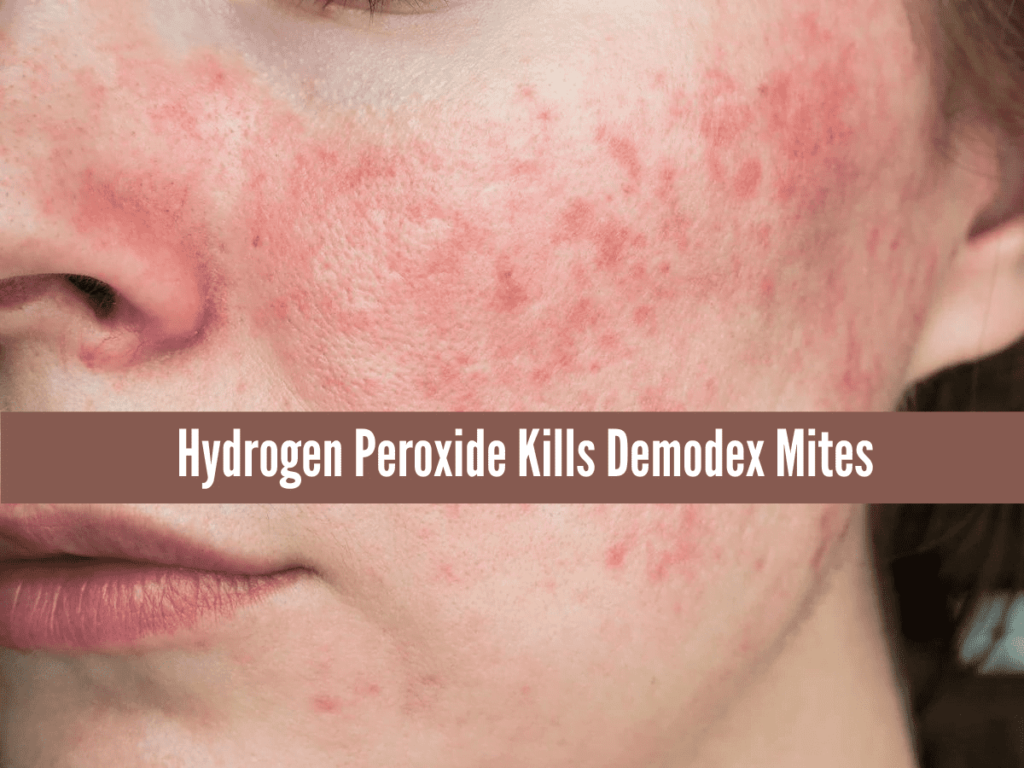
How to Use Hydrogen Peroxide for Demodex Mite Infestation
Before using hydrogen peroxide, it’s crucial to know how to apply it correctly to avoid skin irritation. Here are some steps to guide you:
Dilution: For safe topical use, hydrogen peroxide should be diluted to about 3%. Pre-diluted solutions are available in drugstores, but if you’re diluting it yourself, mix one part hydrogen peroxide with two parts water.
Patch Test: Always perform a patch test before applying hydrogen peroxide to your face. Apply a small amount to a discreet area of your skin and wait 24 hours to ensure no adverse reaction.
Application
- Cleanse Your Face: Start with a gentle cleanser to remove makeup, dirt, and excess oil.
- Apply Hydrogen Peroxide: Apply the diluted hydrogen peroxide solution to the affected areas using a cotton pad. Avoid contact with your eyes and mouth.
- Leave It On: Let the solution sit for 5-10 minutes.
- Rinse Off: Rinse your face thoroughly with lukewarm water and pat dry.
Moisturize: Hydrogen peroxide can be drying, so following up with a good moisturizer is essential to keep your skin hydrated.
Frequency: Use this treatment 2-3 times a week, monitoring your skin’s response. Overuse can lead to dryness and irritation, so finding a balance that works for your skin is crucial.
Alternative Treatments for Demodex Mites
While hydrogen peroxide is an effective option, it’s not the only treatment available. Here are some alternatives:
- Tea Tree Oil: Known for its antimicrobial properties, it is another effective treatment for Demodex mites. It can be used in diluted form as a topical treatment.
- Sulfur-based Products: Sulfur has been used for decades to treat various skin conditions, including those caused by Demodex mites.
- Prescription Medications: Dermatologists may prescribe medications like ivermectin or metronidazole in severe cases.
Conclusion
Demodex mites can be a hidden culprit behind various skin issues, but with the proper treatment, you can effectively manage and eradicate them.
Hydrogen peroxide offers a simple, cost-effective solution with its antimicrobial, cleansing, and anti-inflammatory properties. By following the proper application steps and taking necessary precautions, you can harness the power of hydrogen peroxide to achieve clearer, healthier skin.
FAQ:
Is hydrogen peroxide safe for all skin types?
While hydrogen peroxide is generally safe for topical use, individuals with sensitive or compromised skin should exercise caution and perform a patch test before widespread application.
Can hydrogen peroxide be used to treat other skin conditions?
Hydrogen peroxide has antimicrobial properties that may benefit various skin conditions, but its efficacy can vary depending on the condition and individual response.
How often should hydrogen peroxide be applied?
The frequency of hydrogen peroxide application depends on the severity of the condition and individual tolerance. It is advisable to start with a daily application and adjust based on the skin’s response.
Are there any side effects of using hydrogen peroxide?
Common side effects of hydrogen peroxide include skin irritation, redness, and stinging sensation. If any adverse reactions occur, discontinue use and consult a healthcare professional.
Can hydrogen peroxide be ingested or used internally?
No, hydrogen peroxide should not be ingested or used internally, as it can cause severe irritation, burns, and internal damage. It is for external use only.
